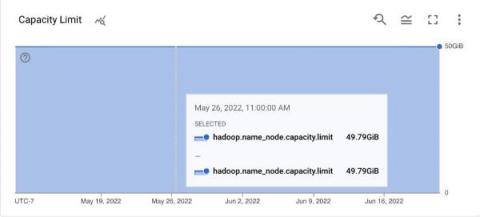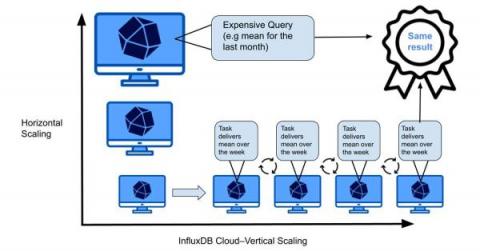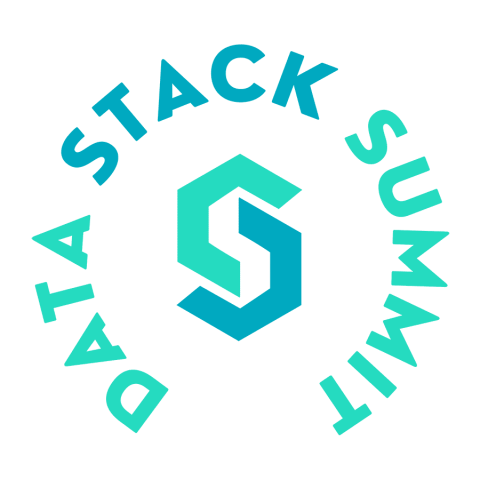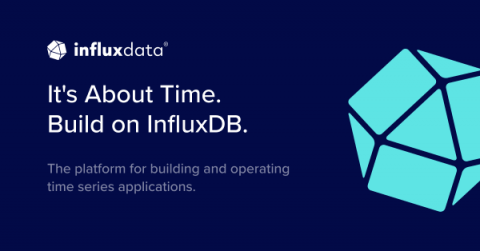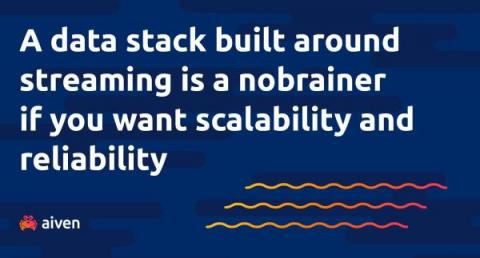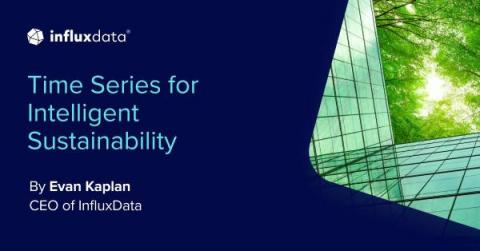Operations | Monitoring | ITSM | DevOps | Cloud
Analytics
TL;DR InfluxDB Tech Tips: Migrating to InfluxDB Cloud
If you’re an InfluxDB user you might be considering migrating your workload to InfluxDB Cloud. You probably want to free yourself from the responsibilities associated with managing and serving your OSS account. Perhaps you are finding that you simply cannot scale your OSS instance vertically to meet your needs. Maybe you want to use all of the Flux functions that are available to you in InfluxDB Cloud.
What Are Unit Economics and How Are They Calculated?
Cloud spend is a significant line item in every company’s IT budget, and controlling it is especially important in today’s challenging economic climate. A steep decline in share prices, valuations, and a slowdown in venture capital funding have led CEOs to cut costs within their large line items, reduce their workforce, and reevaluate their unit economics — especially their margin per customer. The question is, how many organizations know their margin per customer?
Building The Modern Data Stack
The Return of the InfluxDB V1 Shell
The community has spoken and the demand was clear: “BRING BACK THE INTERACTIVE SHELL USED IN 1.X” So it’s back… It works with InfluxDB V2… and has some improvements. The interactive shell allowed users to write data and interactively query data using InfluxQL. For newer users, InfluxQL is the SQL-like query engine that was native to the first major version of InfluxDB.
The 5 Ws (and 1H) of InfluxDB Edge Data Replication
As more businesses generate and process data at the edge, the need to share data from edge nodes to a centralized cloud location increases. Replicating data from the edge to the cloud ensures consistency across an entire application and creates an uninterrupted historical record that preserves the critical context of time. Edge Data Replication (EDR) is a feature available in InfluxDB designed to address this challenge.
Why streaming data is essential to empower the 'Modern Data Stack'
Payment Optimization for Puma
Time Series for Intelligent Sustainability
As the world continues to face unparalleled uncertainties due to climate change, using energy efficiently is more important than ever. Time series data plays a critical role in helping organizations operate in a greener and more sustainable way. In Finland, EnerKey operates a platform that drives sustainability and energy management to unearth savings from consumption data.
You have more ways to bake this cake: Bring your own Enterprise Search connector
The Elastic Enterprise Search team is working on an exciting new project: Elastic Enterprise Search Connectors framework. It appeared in version 8.2 as a Technical Preview, and it has been significantly expanded in 8.3. Elastic Enterprise Search, and specifically Workplace Search, is a solution that helps harness the power of Elasticsearch to search over company documents.


